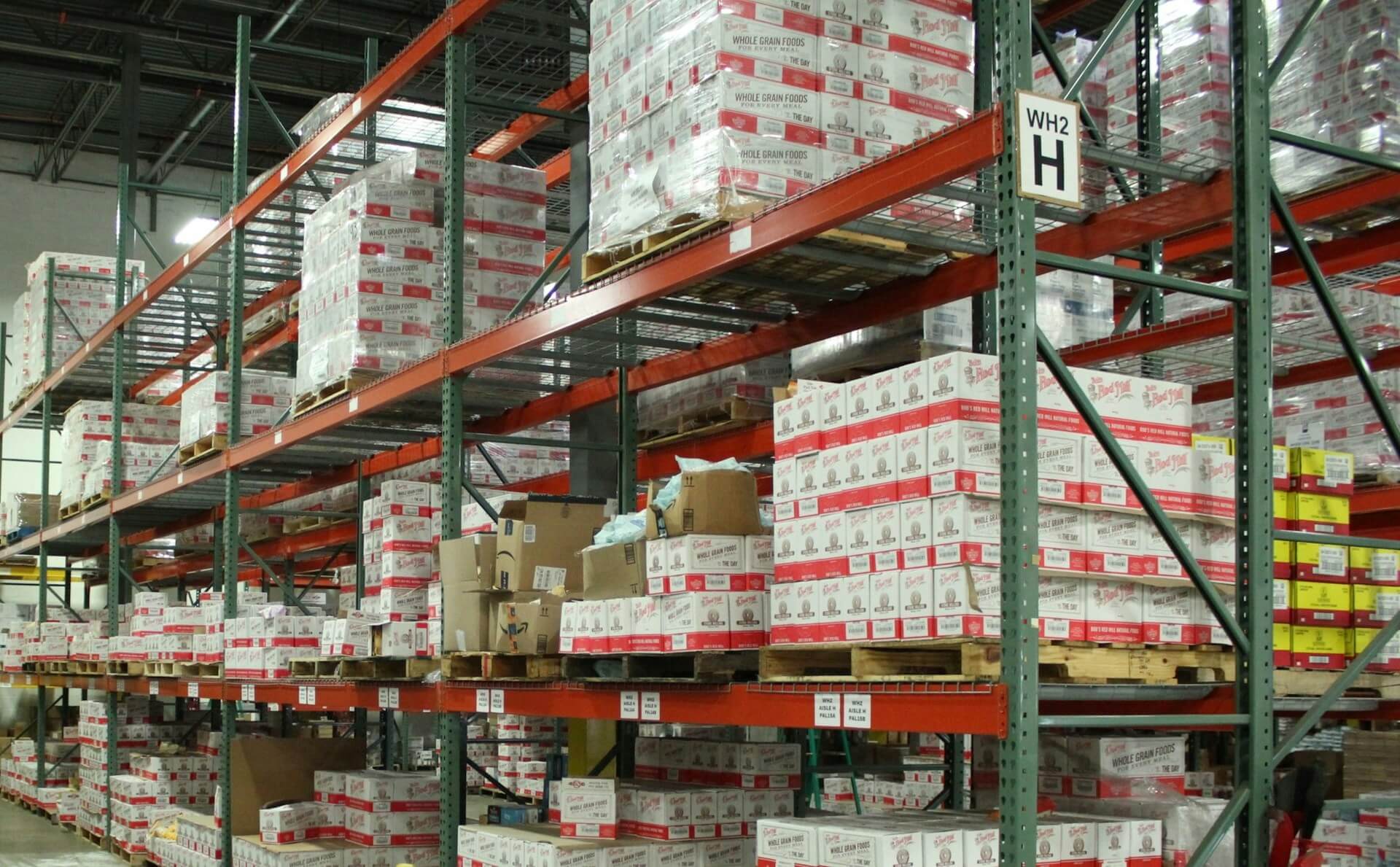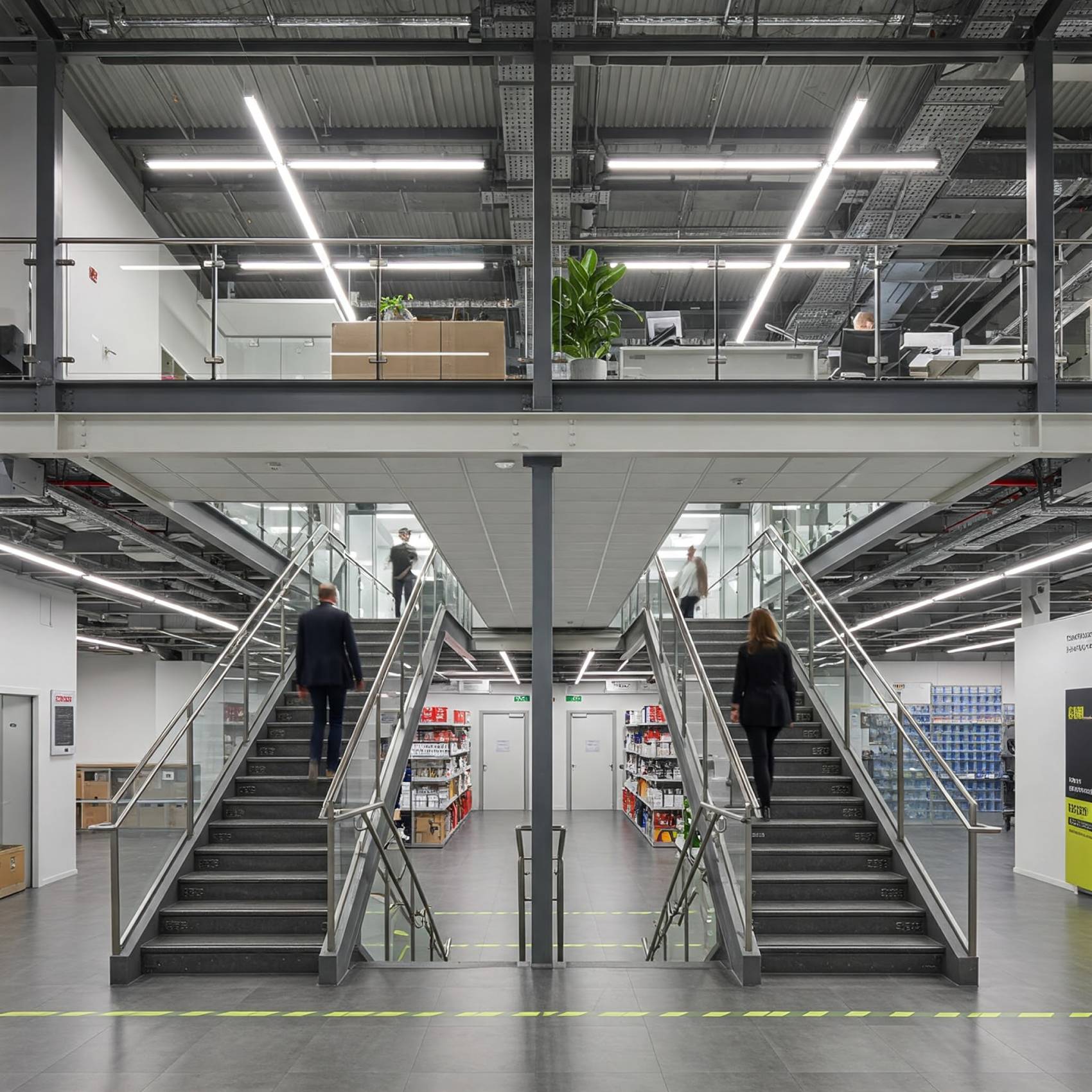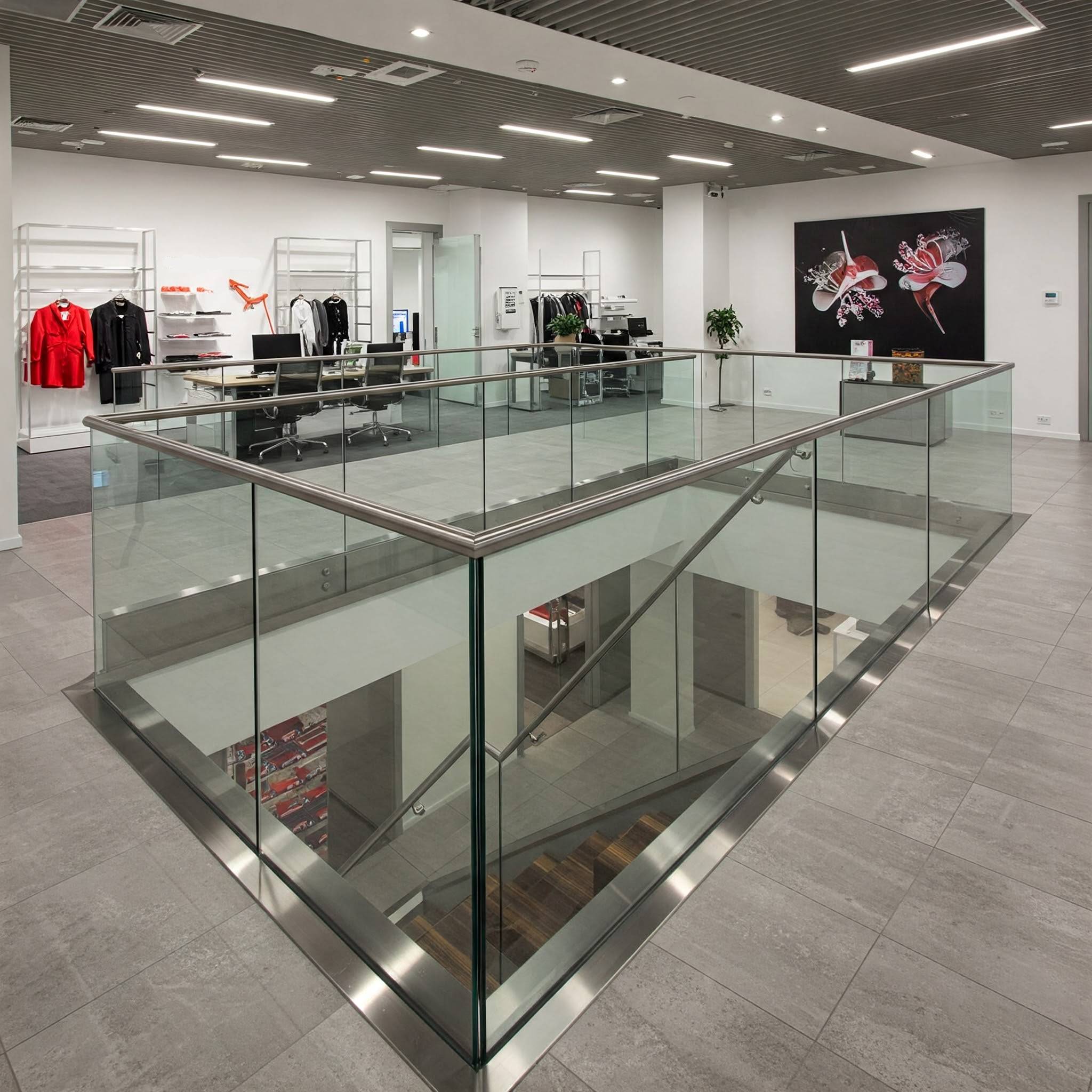How Mezzanine Floors Can Boost Warehouse Efficiency

In today’s fast-paced and competitive business landscape, warehouse efficiency is key to success. Maximizing space utilization, streamlining operations, and optimizing workflow are essential for meeting customer demands and improving the bottom line. One effective solution that has gained popularity is the installation of mezzanine floors in warehouses. These additional levels of floor space provide numerous benefits that can significantly boost warehouse efficiency. In this blog post, we will explore how mezzanine floors can help maximize productivity and streamline operations in your warehouse.
1. Increased Storage Capacity
One of the primary advantages of mezzanine floors is the ability to increase storage capacity without expanding the footprint of the warehouse. By utilizing the vertical space, mezzanine floors create additional levels for storing goods, inventory, or equipment. This helps free up valuable floor space, allowing for more efficient movement of goods and increasing storage capacity. With more storage space available, you can accommodate higher inventory levels, reduce stockouts, and respond to customer orders more quickly.
2. Optimized Workflow
Mezzanine floors can be strategically positioned to optimize workflow within the warehouse. By creating separate areas for receiving, picking, packing, and shipping, you can simplify and streamline the entire order fulfillment process. This eliminates the need for excessive movement and reduces the time and effort spent on searching for products or navigating through crowded aisles. By organizing your warehouse operations with the help of mezzanine floors, you can improve accuracy, minimize errors, and boost overall productivity.
3. Facilitates Efficient Inventory Management
Efficient inventory management is crucial for running a successful warehouse. Mezzanine floors enable you to categorize and organize inventory based on factors like product type, popularity, or seasonality. By designating specific areas or levels for different types of products, you can easily locate and retrieve items, saving time and reducing the chances of picking errors. This improved visibility and accessibility of inventory can lead to faster order processing, reduced order cycle times, and improved customer satisfaction.
4. Enhanced Operational Flexibility
Mezzanine floors provide operational flexibility, allowing you to adapt and scale your warehouse operations as needed. The modular nature of these structures enables easy reconfiguration or expansion of floor space. Whether you need to accommodate seasonal inventory fluctuations, reorganize workstations, or integrate new order fulfillment technologies, mezzanine floors offer the flexibility to adapt to changing business needs. This adaptability helps optimize resource allocation, increase operational efficiency, and future-proof your warehouse operations.
5. Improved Safety and Compliance
Safety is a top priority in warehouse environments. Mezzanine floors can contribute to a safer working environment by providing designated areas for tasks such as storage, machinery operation, or personnel movement. Safety features like handrails, guardrails, and non-slip surfaces can be incorporated into the design of mezzanine floors, minimizing the risk of accidents and injuries. Additionally, mezzanine floors can be designed to comply with relevant safety regulations and standards, ensuring a secure and compliant workspace.
Conclusion
Mezzanine floors offer a range of benefits that can significantly boost warehouse efficiency. By increasing storage capacity, optimizing workflow, facilitating efficient inventory management, enabling operational flexibility, and enhancing safety and compliance, mezzanine floors can help you maximize productivity and streamline operations in your warehouse. If you’re looking to optimize your warehouse space and enhance operational efficiency, consider the advantages of mezzanine floors as a valuable investment for your business.




